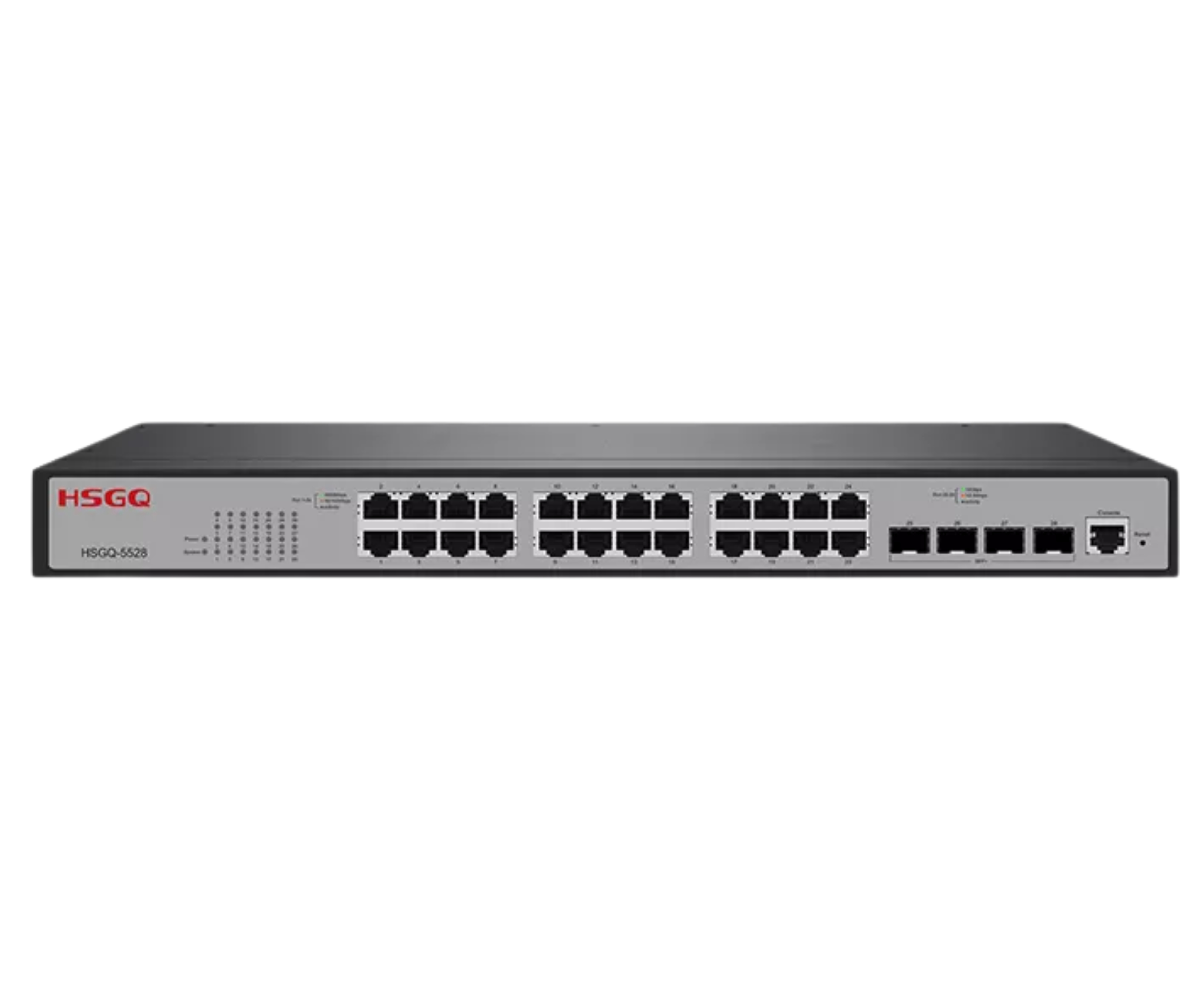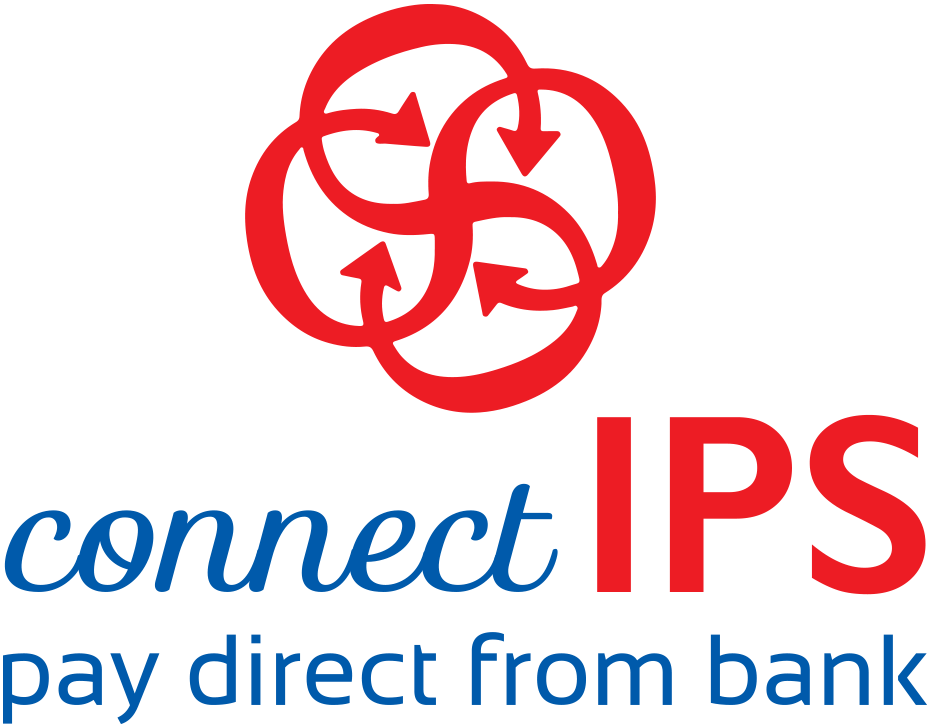

Manage Switch Layer 2, 2 Gigabit SFP Port
Loading variant details...
Variant Specifications
Request a Quote
Contact us for pricing details.
A Managed Switch Layer 2 with 2 Gigabit SFP (Small Form-factor Pluggable) ports refers to a network switch that operates at Layer 2 of the OSI (Open Systems Interconnection) model, providing advanced features for network management and configuration. Here's a breakdown of its key components and functionalities:
Managed Switch: Unlike unmanaged switches, which operate at a basic level and have limited configurability, managed switches offer advanced features such as VLAN (Virtual Local Area Network) support, Quality of Service (QoS) settings, Spanning Tree Protocol (STP) support, port mirroring, and more. These switches can be configured and managed remotely using a web-based interface, a command-line interface (CLI), or specialized management software.
Layer 2 Functionality: Managed switches operate at Layer 2 (Data Link Layer) of the OSI model, which involves the transfer of data frames between devices within the same network segment. Layer 2 switches use MAC (Media Access Control) addresses to forward data packets to the appropriate destination ports.
Gigabit SFP Ports: SFP ports on a switch allow for the connection of fiber optic or copper networking cables using SFP transceivers. Gigabit SFP ports support data transfer rates of up to 1 Gbps (Gigabit per second), making them suitable for high-speed network connections over short or long distances.
Advanced Management Features: Managed switches typically offer a range of advanced management features, including VLAN support for network segmentation, QoS settings for prioritizing specific types of network traffic, and security features such as Access Control Lists (ACLs) and port security.
Redundancy and Link Aggregation: Some managed switches support features like Spanning Tree Protocol (STP) or Rapid Spanning Tree Protocol (RSTP) for loop prevention and redundancy, as well as link aggregation (also known as port trunking) for combining multiple physical links into a single logical link to increase bandwidth and provide failover capabilities.
Remote Management: Managed switches can be configured and monitored remotely, allowing network administrators to manage the switch from a central location. This remote management capability is especially useful in large-scale network deployments.
A managed switch, also known as a smart switch or enterprise switch, is a type of network switch that provides more advanced features and capabilities compared to unmanaged switches. Here are some key characteristics and functionalities of managed switches:
Remote Management: Managed switches can be configured and monitored remotely, allowing network administrators to make changes to the switch's settings and monitor its performance from a central location. This is typically done through a web-based interface, command-line interface (CLI), or dedicated management software.
Advanced Configuration Options: Managed switches offer a wide range of configuration options, including VLAN (Virtual Local Area Network) support for network segmentation, Quality of Service (QoS) settings for prioritizing specific types of traffic, port mirroring for network troubleshooting, and more.
Security Features: Managed switches often include advanced security features such as Access Control Lists (ACLs), which allow administrators to control which devices can communicate with each other on the network based on criteria such as IP address, MAC address, or port number. They may also support features like port security, DHCP snooping, and Dynamic ARP Inspection (DAI) to enhance network security.
Layer 2 and Layer 3 Functionality: Managed switches can operate at both Layer 2 (Data Link Layer) and Layer 3 (Network Layer) of the OSI model, depending on the model and configuration. Layer 2 switches forward traffic based on MAC addresses, while Layer 3 switches can perform routing functions based on IP addresses.
Redundancy and Resilience: Many managed switches support features like Spanning Tree Protocol (STP) or Rapid Spanning Tree Protocol (RSTP) for loop prevention and redundancy, as well as link aggregation (also known as port trunking) for combining multiple physical links into a single logical link to increase bandwidth and provide failover capabilities.
Monitoring and Reporting: Managed switches often include features for monitoring network performance and generating reports on traffic patterns, error rates, and other key metrics. This data can be used for troubleshooting network issues and optimizing network performance.
Managed switches are suitable for medium to large-scale network deployments where advanced management, configuration, and security features are required. They provide greater flexibility and control over network operations compared to unmanaged switches, making them ideal for businesses and organizations with complex networking requirements.
Overall, a managed switch with 2 Gigabit SFP ports is a versatile networking device suitable for various applications, including small to medium-sized business networks, enterprise networks, and data center environments where advanced management and configuration capabilities are required.
Customer Questions & Answers
Have a question? Ask it here!
Customer Questions & Answers
Login to ask a question.
Related Products
Our Partners







Secure Payment By

